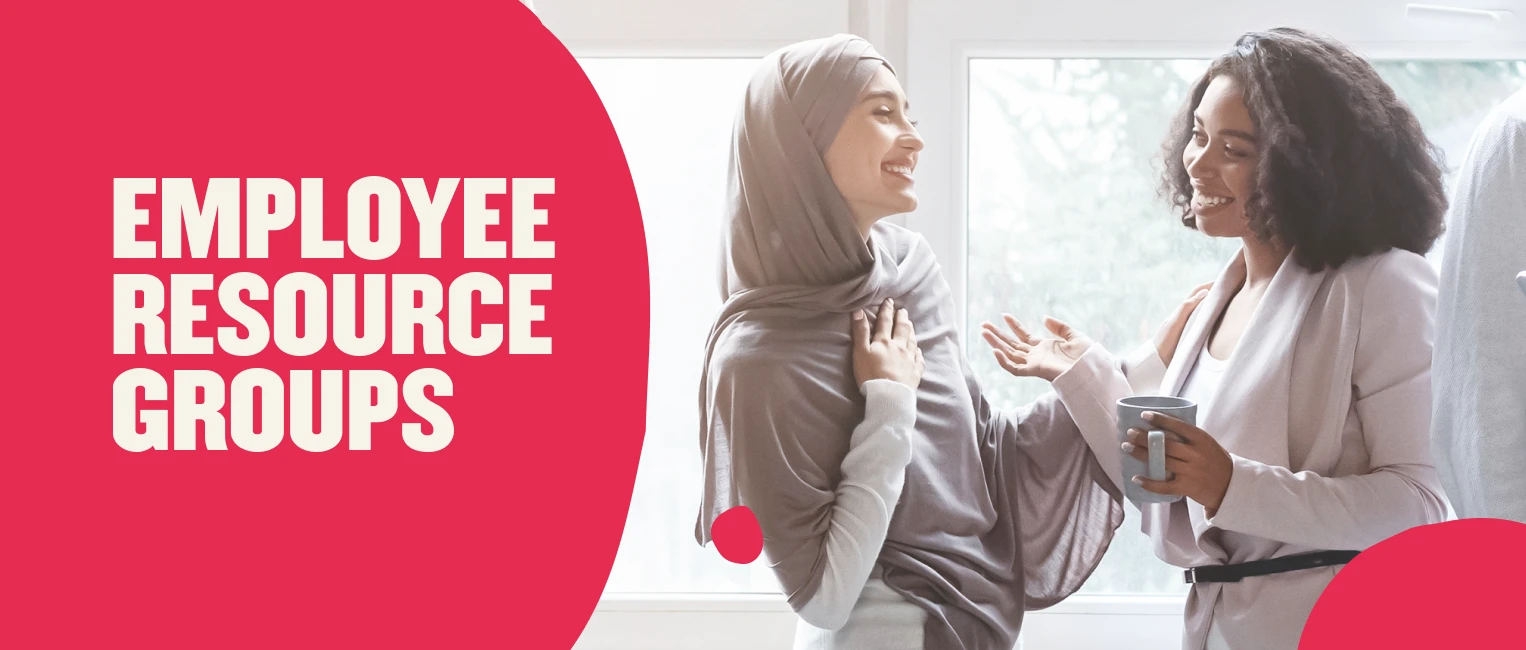A generation ago, diversity in the workplace was a social movement. Today, it’s a business imperative.
Diversity will always be a question of numbers and ratios, but for diversity to work, there has to be inclusion. For inclusion to work, companies need to create a culture where employees feel safe, respected and supported.
This is where Employee Resource Groups come in.
Employee Resource Groups (ERGs), sometimes known as Affinity Groups or Diversity Groups, are voluntary, employee-led groups whose aim is to foster a diverse, inclusive workplace. They’re usually organized around a shared identity, such as gender, ethnicity, religious affiliation, or lifestyle. They offer employees a space to find one another, build communities, provide support, and contribute to personal and professional development; a shared space where employees can feel comfortable being themselves.
The first ERG dates back to the 1960s when black workers at Xerox came together to discuss racial tension in the workplace. Today, according to TopMBA, ERGs are found in 90% of Fortune 500 companies, including Microsoft, Amazon, and Salesforce.
So, what do you need to know before starting an ERG at your company?
1. Size is not important
Some companies will hold off on promoting ERGs until they have a large enough workforce to ensure active participation. The truth is, an ERG can start with only a few passionate organizers. Many begin as informal meetings between colleagues who share an identity and want to see the company improve.
2. Promote an open-door policy
For ERGs to be effective and truly inclusive, they need to be open to everyone. Anyone who wants to be an ally, regardless of their identity, should be encouraged to join. The more people that are actively involved, the more impactful the group becomes.
Recommended For Further Reading
3. Lend support, but don’t take the lead
Community-building happens organically. It’s not up to HR or the company to dictate which groups should form, but HR should provide support to help groups organize and promote their goals.
This could include charter documentation, workshops, roadmapping templates, budget support if possible, visibility within the organization, and organizational support.
ERGs have the power to connect people across departments, roles, and offices. As we increasingly turn towards remote work and away from the physical office, ERGs can be used to foster connections and promote online communities. Create dedicated platforms, such as Slack channels or social pages, so that employees can get involved and stay involved, no matter where they’re located.
4. Align with company objectives
ERGs not only create a strong sense of community, they also aim to make real and meaningful change within a company. ERGs should have a clearly defined charter that members agree on, focusing on different workplace themes such as belonging, recruitment and retention, internal and external awareness building, community engagement, intersectionality, and career development.
One example comes from the female-focused ERGs at Pinterest, including Women@Pinterest, Latin group Todos Pincluidos, and Black group blackboard@Pinterest. Each group curated in-product experiences for users to find culture-specific content and products, centered around different holidays and heritage months. Women@Pinterest also founded a company-wide mentorship program, inclusive of all genders.
ERGs have many benefits, both to employees and to the organization. They help build communities, solve business problems, and create a more inclusive workplace where everyone can make a difference. HR professionals can help lay the groundwork by informing employees about ERGs and how to start one. Set aside a budget for lunches or meetings centered around a common mission. When employees feel comfortable coming together and sharing, everyone wins.


